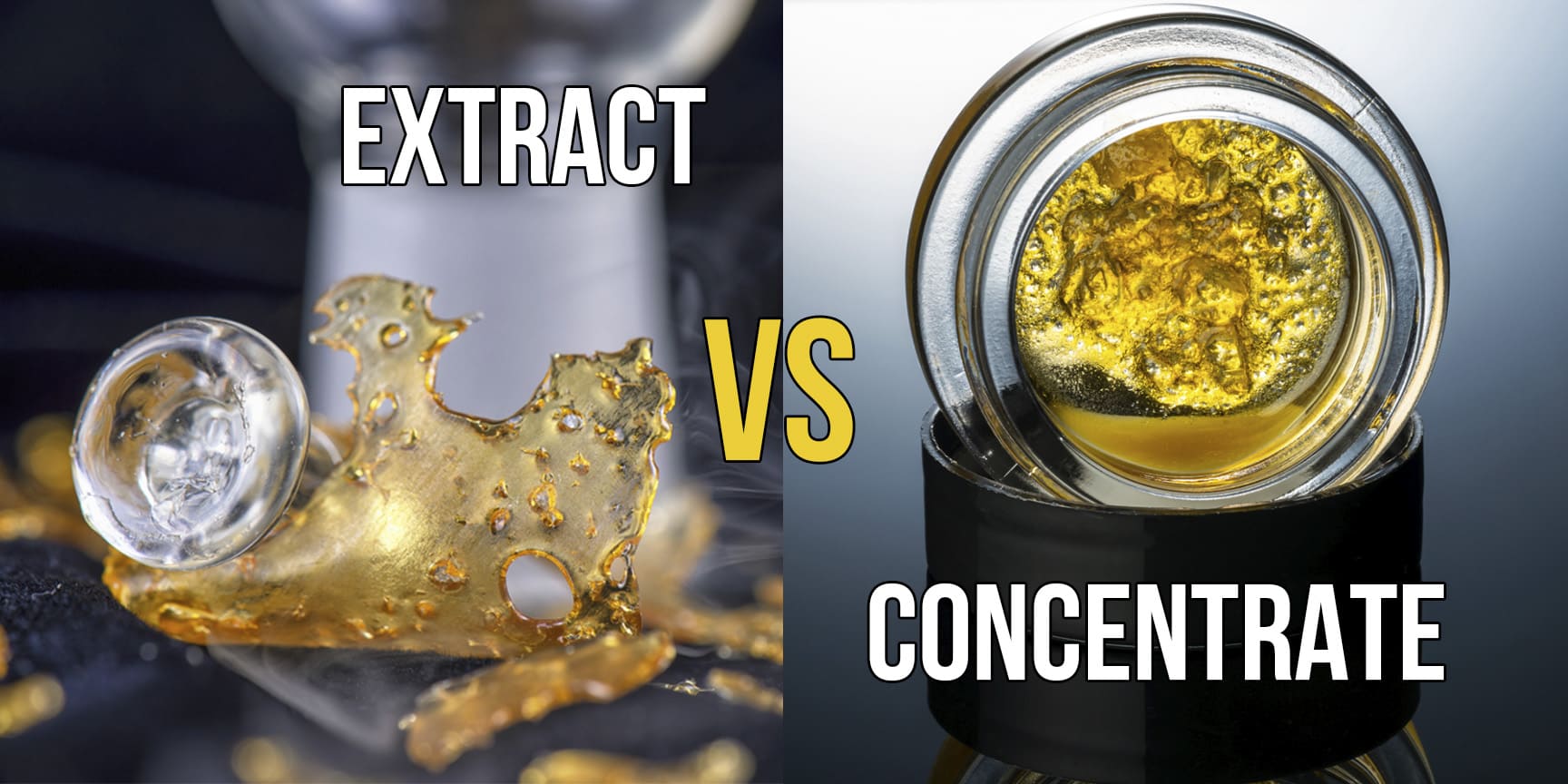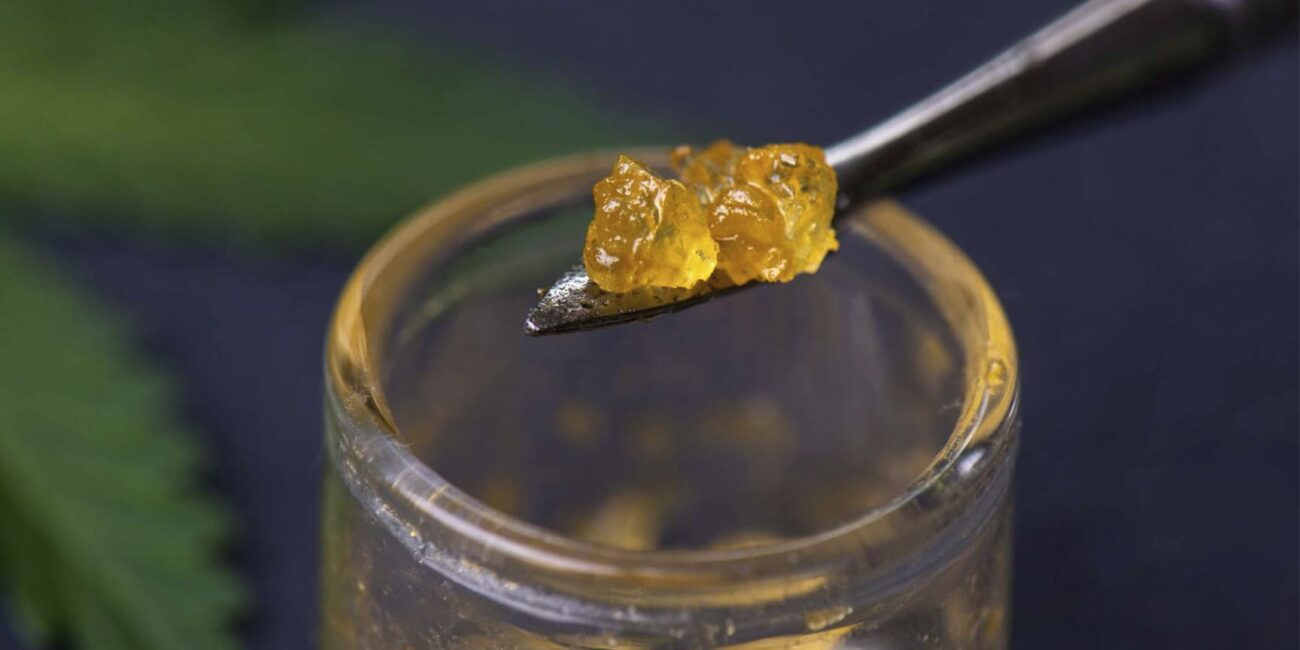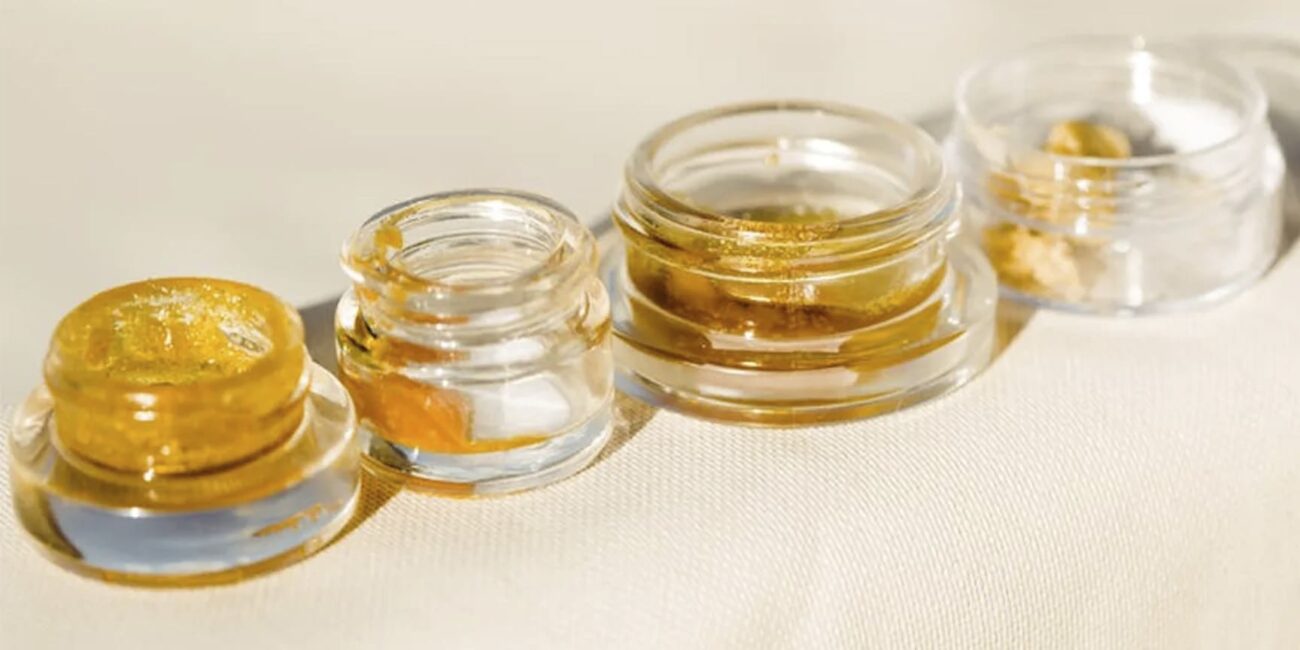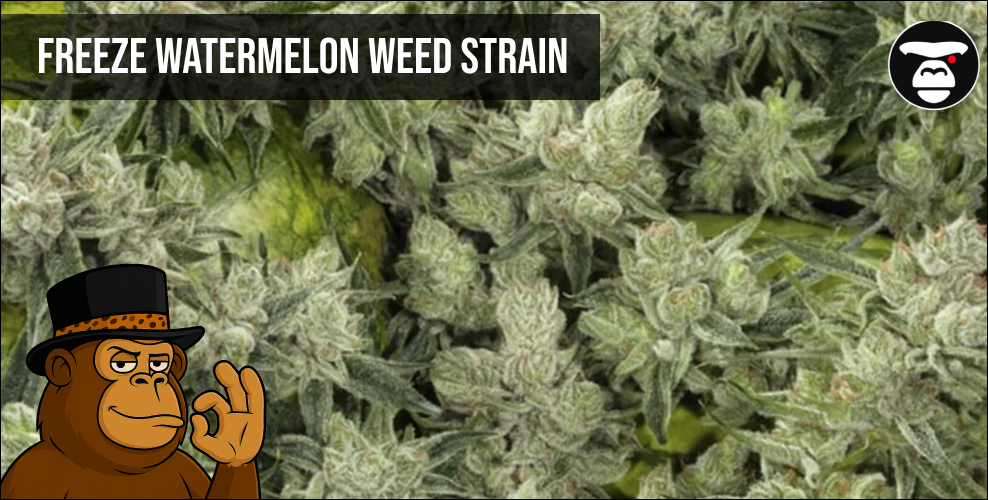Differences between Extracts and Concentrates

Cannabis concentrates and extracts are two fascinating aspects of the cannabis industry that have gained immense popularity among enthusiasts and consumers alike. These highly potent and concentrated forms of cannabis offer a diverse range of experiences, catering to various preferences and needs.
Extracts are the result of the fundamental extraction process, involving the separation of desired compounds, such as cannabinoids and terpenes, from the raw plant material using different techniques.
On the other hand, concentrates represent the pinnacle of this extraction and separation process, delivering products with a significantly higher concentration of desired compounds compared to the original flower.
In this exploration of the differences between cannabis concentrates and extracts, we will delve into their unique characteristics, production methods, and potency levels, shedding light on their distinct roles within the vibrant cannabis market.
Cannabis concentrates

“Cannabis concentrate” is a term that encompasses the potent final product resulting from the extraction and separation process. It is a highly concentrated form of cannabis containing a much higher concentration of desired compounds compared to the raw flower.
These concentrates are available in various forms, such as oil, wax, shatter, and more. Depending on the specific extraction method employed, the final product can exhibit diverse consistencies, colors, and flavors, catering to the preferences of consumers.
If you like bright and memorable things, then we recommend you to take a look at Infused Joints section of our catalog. Starting with bright packages and ending with incredible effects – all the strains presented there are able to surprise you.
Moreover, the term “concentrate” holds a broader connotation, extending beyond extracts obtained through chemical extraction processes. It can also encompass products achieved through mechanical separation methods, provided they exhibit a higher concentration of the desired compounds compared to the original cannabis flower.
This more comprehensive interpretation of “concentrate” acknowledges other techniques, like sieving or pressing, which yield concentrated cannabis products with varying attributes.
One of the types of concentrates is live resin and live rosin. It sounds similar, but there is a definite difference. We have figured out more in our article “Live resin vs Live rosin”
In essence, cannabis concentrates offer an amplified cannabis experience, making them highly sought-after by enthusiasts who seek potent and flavorful encounters with the plant’s beneficial compounds.
These concentrated forms are popular among consumers seeking enhanced effects and discrete consumption methods, contributing to the diversity of options available in the cannabis market.
Cannabis extracts

Extraction is a fundamental process in the production of cannabis concentrates and extracts. It involves separating the desired compounds, such as cannabinoids and terpenes, from the raw plant material using various methods.
These techniques can be categorized into two main types: solvent-based extraction and mechanical extraction.
Solvent-based extraction methods employ solvents like ethanol or carbon dioxide to dissolve and extract the cannabinoids and terpenes from the cannabis plant. This results in a mixture containing a wide range of compounds, including the desired ones.
Some common examples of solvent-based extraction include ethanol extraction, CO2 extraction, and hydrocarbon extraction, like butane hash oil (BHO) extraction.
On the other hand, mechanical extraction methods do not involve the use of solvents. Instead, they rely on physical processes to separate the desired compounds from the plant material.
One popular mechanical extraction method is ice water extraction, also known as “bubble hash.” This method uses cold water and agitation to isolate trichomes containing cannabinoids and terpenes.
Another mechanical method is rosin pressing. Heat and pressure are applied to the cannabis flower to release the essential oils, resulting in a sticky rosin concentrate.
The extracted mixture obtained from these methods can be further refined into concentrates. For example, butane hash oil that has yet to undergo winterization is considered an extract. It already contains concentrated cannabinoids and terpenes, but it requires additional refinement before being ready for sale and consumption.
Interestingly, the term “extract” is sometimes used interchangeably with “concentrate” by people. This happens regardless of the specific product type or stage of refinement.
This can lead to a bit of confusion, but generally, both terms refer to the final product that has undergone the extraction process. The result is a product that contains a higher concentration of desired compounds than the original plant material.
Difference between them

Composition
Cannabis concentrates are products made by extracting the most desirable compounds from the cannabis plant. These compounds include cannabinoids (THC, CBD, etc.) and terpenes.
The extraction process typically involves separating the essential compounds from the plant material. This process leaves behind a concentrated form of cannabinoids and terpenes.
These extracts can be full-spectrum (containing all the naturally occurring compounds) or broad-spectrum (containing most compounds except for THC). One common type of cannabis extract is CBD oil, which contains a high concentration of cannabidiol (CBD) extracted from hemp plants.
Potency
Cannabis Concentrates: Concentrates are known for their high potency due to the concentrated levels of cannabinoids they contain. Some concentrates can have THC levels exceeding 80% or even higher, making them much more potent than traditional cannabis flower.
Cannabis Extracts: Extracts may have varying levels of potency depending on the extraction process and the intended use. Full-spectrum extracts can contain a lower concentration of cannabinoids compared to concentrates. However, they provide a wider range of beneficial compounds found in the cannabis plant.
If we are talking about high potency, then we recommend you to try Kush Mints strain in sauce cart. This hybrid strain offers a balanced combination of relaxation and euphoria, making it a popular choice among cannabis enthusiasts.
On the other hand, you can try a defiant BOSS OG strain. Sauce cartridge, 1000 milligrams of resin from the rare Boss OG cannabis strain. This isn’t just a hybrid – it’s a precisely balanced composition, promising an unparalleled journey.
Production Methods
Cannabis Concentrates: The production of concentrates often involves using solvents like butane or CO2 to extract cannabinoids and terpenes from the plant material. This process results in a highly concentrated product that is rich in cannabinoids and terpenes.
Cannabis Extracts: The production of extracts can be achieved through various methods, including CO2 extraction, ethanol extraction, and solventless extraction.
Various methods can achieve the production of extracts, including CO2 extraction, ethanol extraction, and solventless extraction.
These methods aim to capture a broader range of compounds, including cannabinoids, terpenes, and other phytochemicals. This helps create full-spectrum or broad-spectrum extracts.
In summary, the main difference between cannabis concentrates and extracts lies in their composition and potency.The extraction process produces highly potent cannabis concentrates by extracting the most desirable compounds, such as cannabinoids and terpenes. This results in products with THC levels exceeding 80% or higher.
They are available in various forms like oil, wax, and shatter.
On the other hand, cannabis extracts contain a broader range of compounds, including cannabinoids, terpenes, flavonoids, and other plant components. They can be full-spectrum or broad-spectrum, providing a wider array of beneficial compounds.
The production methods for concentrates often involve using solvents like butane or CO2. Extracts can be produced through various methods, including solvent-based extraction and solventless methods.
Both cannabis concentrates and extracts offer users diverse and potent cannabis experiences, catering to different preferences and consumption needs in the ever-evolving cannabis market.




























